Our status as a nation of tea drinkers seems to be in doubt if we consider that value sales in the hot beverages category dropped 7.2% over the last year. But volume sales are in fact fairly stable and it is actually the tough EDLP policies of the leading supermarket chains that have dented the value of the market.
A couple of years ago, the price of commodity tea increased but only PG Tips maintained the same price for the tea drinking public. While it may have lost out in the short term, its policy has now paid off as its major rivals, Tetley and Typhoo, struggle to compete. Even high profile and high spending marketing campaigns Tetley invested £10m in its Sports Stuff for Schools initiative and its tie up with the Olympics, while Typhoo has spent £8m on its new Two Thumbs Fresh respositioning have not been enough to reverse a declining sales trend.
Even the cheaper own label variants are suffering as people are choosing the premium quality of PG Tips over price. Interestingly, Yorkshire Tea has been relatively unaffected by EDLP activity, its consumers obviously loyal enough to ignore cost savings. The one area where PG Tips is losing out is in loose tea as most consumers prefer the convenience of a tea bag.
Another good reason to be maintaining growth levels as a "standard" tea manufacturer is the rise of alternative teas in the last few years, as they are undoubtedly cannibalising sales. Twinings is leading the way in sales in the fruit and herbal market with around 55% share, although the London Herb & Spice Company is doing its best to upset the applecart.
The London Herb & Spice Company recently repackaged its brand and renamed it London Fruit and Herb. The new packs are silver, and include additional variants to the old London Herb & Spice range as well as maintaining a couple of lines. As in many markets, organic variants have been introduced, but as this is already seen as a healthy sector, this doesn't appear to be an area of much promise.
The benefits of drinking green tea are filtering slowly into the nation's subconscious and here it is Typhoo which is the driving force. Tchaé from Brooke Bond and Twining's green tea are also available, but this is still very much a small, emerging, niche market rather than one which is likely to take on never mind take over from the good English cuppa.
Coffee consumption is shifting as the nation's palate evolves. The increase in the number of coffee shops such as Starbuck's has meant that people have been getting a taste for more premium coffee. Instant coffee remains a massive market with annual sales of £470m but it is in decline and at a greater rate than ground coffee.
While individual brands are almost all in decline, the outstanding success of the year has been Kenco Rappor.
Chosen as our star product in last year's Top Products Survey and targeting a younger audience than Nescafé Gold Blend, Rappor has built on a high profile launch with prolonged television advertising to achieve the status as one of the top five instant coffee brands.
The emergence of ground coffee has not been that dramatic as yet, but it is perhaps telling that one of the few brands in growth in our top 20 is Taylors ground coffee.
A hot drink of no little longevity is Horlicks and the low calorie version remains the best selling brand of its type. Perhaps because of its image as an old-fashioned drink, it is in decline, however.
However as consumers move their taste towards herbal teas and premium coffees, this slowing in sales is fairly typical of the sector as a whole.
Instant chocolate is showing signs of reversing this trend with the introduction of Cadbury's Toppers. Available in sachets, it contains a separate section of topping such as pieces of Cadbury's Wispa or Cadbury's Crunchie which are sprinkled on to the hot chocolate. These are priced higher than standard sachets and are therefore inflating the value of the market but without increasing volumes significantly. Generally speaking, there has been a shift from sachets to jars as consumers become more regular chocolate drinkers. Options began with a multitude of flavours available in sachets but jars have now been added to their range. Cadbury's High Lights have traditionally been stronger in this format and continue to grow as a result of more sales in this pack type.
{{MARKETING }}
Close menu
- Home
- Retail & Wholesale
-
Products & Suppliers
- Back to parent navigation item
- Products & Suppliers
-
Product Categories:
- Back to parent navigation item
- Product Categories:
- Alcoholic drinks
- Bakery
- Cereals & breakfast
- Cheese
- Chicken & poultry
- Chocolate
- Confectionery
- Crisps, nuts & snacks
- Dairy
- Fish
- Fresh produce
- Frozen
- Household
- Meat
- Own Label
- Sauces & condiments
- Seasonal
- Soft drinks
- Vaping
- Vegan & plant-based
- World foods
- Suppliers
- People
- Reports & Data
-
Topics A-Z
- Back to parent navigation item
- Topics A-Z
-
Popular topics:
- Back to parent navigation item
- Popular topics:
- Cost of living crisis
- Crime
- Deposit Return Schemes
- Finance
- Government & Regulation
- Health
- Inflation
- Loyalty
- Marketing
- Mergers & Acquisitions
- New Product Development
- Sourcing
- Supply chain
- Sustainability & environment
- Technology
- Ultra Processed Foods
- Vaping
- A-Z all topics
- Content by type:
- Events
- Subscribe now
Sign in to comment on this article
Not logged in before? Register for FREE guest access today.
You will be able to:
- Read more stories
- Receive daily newsletters
- Comment on stories
Advert










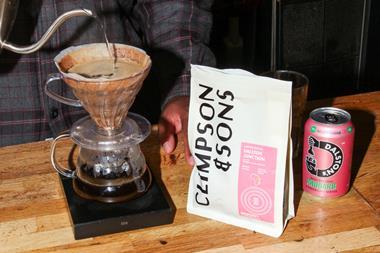

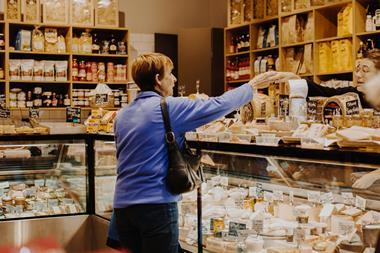
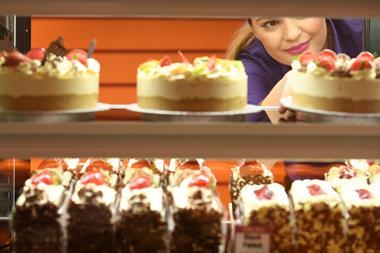
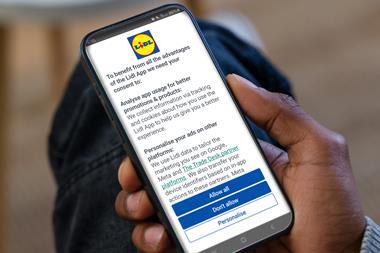

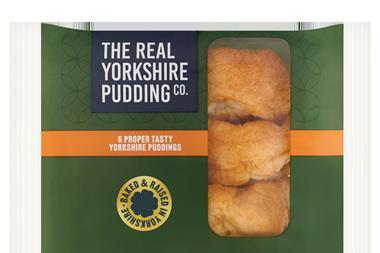

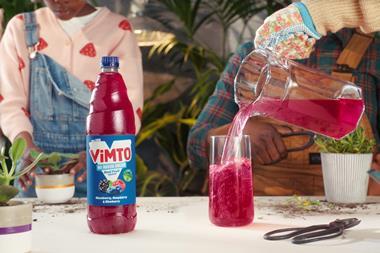
No comments yet